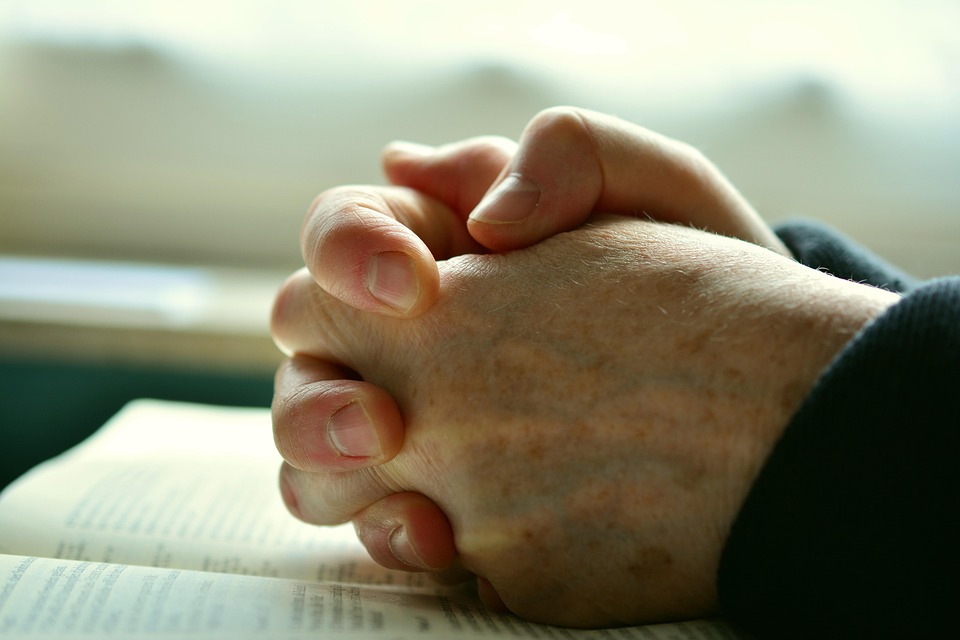In the journey of life, we often encounter moments that test our resilience. Sickness, grief, and emotional turmoil can feel like an insurmountable tempest, threatening to drown our spirits. Yet, in the depths of despair, prayer emerges as a beacon of hope, a lifeline that connects us to the divine and whispers words of comfort and restoration. A prayer for healing is not merely an invocation; it encapsulates an earnest yearning for wholeness—be it physical, emotional, or spiritual.
Consider prayer as a salve, a gentle balm poured into the wounds of our existence. In moments when affliction presses heavily upon our hearts, the act of praying occupies a sacred space, transforming our anguish into supplication. It is within this sacred act that we find solace; we become aware that we are not isolated in our suffering. Rather, we are woven into a tapestry of shared humanity, intricately connected through our joys and sorrows.
Throughout the Scriptures, the motif of healing permeates the narrative, underscoring God’s promise of restoration. The Psalms, in particular, brim with expressions of vulnerability and divine intercession. Psalm 147:3 asserts, “He heals the brokenhearted and binds up their wounds.” This tender imagery brings to light the very character of God—a compassionate healer who gently tends to the frayed edges of our lives. The metaphoric language found therein provides a profound understanding that healing is not merely a physical restoration but encompasses the entirety of our being.
When we engage in prayer, we open ourselves to the transformative power of God’s love. There is a unique appeal in humbling ourselves before the Almighty, in recognizing our limitations and seeking His omnipotence. The act of laying bare our hearts serves as a catalyst for healing. In doing so, we relinquish the burden of our struggles, inviting divine intervention into our circumstances. Prayer, thus, becomes a conduit through which grace flows, inviting the restoration of hope amid despair.
Furthermore, the intricate interplay of faith and healing resonates profoundly within the Christian ethos. The story of the woman with the issue of blood, chronicled in the Gospels, exemplifies this beautifully. Her faith propelled her to reach out in desperation, believing that just a touch of Jesus’ garment could effectuate her healing. The moment she was restored, Jesus turned to her and said, “Daughter, your faith has healed you. Go in peace and be freed from your suffering.” This narrative captures the essence of faith—the unwavering belief in the unseen and the sovereign ability of God to intervene in our lives.
In our contemporary context, the act of prayer for healing often intertwines with the collective consciousness of a community, where individuals unite their voices and hearts in poignant solidarity. There exists an undeniable strength in communal prayer, wherein collective faith amplifies the cry for restoration. It becomes a harmonious chorus resonating against the walls of despair. Prayer meetings, support groups, and church gatherings serve as sanctuaries—a nurturing soil from which the seeds of healing can germinate.
Embracing a patient heart is essential during these times of waiting. Healing is not always instantaneous; sometimes it traverses a winding path. Just as a tree doesn’t grow overnight, so too our healing encompasses a process that requires endurance, faith, and trust in the divine timeline. Here, prayer serves as the persistent whisper that reminds us of God’s faithfulness. It reassures us that while we wait, we are not alone; peace can coexist alongside our affliction as we cast our anxieties upon Him.
Moreover, the metaphors of light and darkness enrich our understanding of healing. In prayer, we beseech God to illuminate the shadows that threaten to engulf us. The image of light piercing through the darkness is reminiscent of our spiritual awakening—the moments when hope revives our weary souls. Light symbolizes clarity, revelation, and restoration, guiding us back into the fullness of life. When we pray for healing, we pray also for the floods of light that can inundate our valleys of despair, transforming our burdens into platforms for testimony.
As we cultivate a heart attuned to prayer, we inevitably encounter the extraordinary mystery of God’s will. There will be instances when healing may manifest in unexpected ways; perhaps it may be emotional resilience rather than physical recovery, or the strength to endure rather than escape from our trials. God’s plans often transcend our understanding, and in those moments of uncertainty, we are called to trust. Each prayer uttered becomes a testament of faith, a declaration that we believe in a God who is intimately aware of our struggles and profoundly invested in our restoration.
In conclusion, the journey of prayer for healing is rich with metaphors and deep spiritual significance. Prayer acts as both a bridge and a balm, guiding us toward restoration while entwining our lives within the divine narrative. As we engage in this sacred dialogue with God, we discover that healing is not merely a destination but a transformative journey—an ongoing invitation to live in the fullness of His grace. May we continuously seek the healing that comes through prayer, embracing the unique appeal of God’s loving presence amidst our struggles.



